Remember that we expect from you conduct of a quite different order from that of the mass of mankind. Your purpose – to escape the bondage of time, to obtain mastery over yourselves, and thus over your environment – must never waver… This discipline has one aim, the acquisition of power, and by power freedom.
The Aerodrome – Rex Warner (1941)
So what connects a Second World War airfield, a Cold War listening post, a sand and gravel quarry, a state of the art recording studio and the band, The Fall? All of these, some recent and others just echoes, artefacts and memories, are layered into a small area of the landscape on the edge of the village of Borras, near Wrexham.
Walking along Borras Road and crossing into the adjoining fields, walking for as far as one can wander without trespassing into the still-operating quarry workings at Borras, there is very little sign of the former RAF Wrexham station. Yet this was at one time an important part of the air defences for the port of Liverpool during WW2, launching night-fighters to take on the Luftwaffe in the skies over the docks.
Borras is a small village to the north-east of Wrexham. It is situated on a flat plateau which results in the land here being well-drained and dry even in wet weather, conditions that were ideal for a grass airstrip. The Royal Flying Corps first used Borras as a training station in 1917 and, with the onset of war in 1939, the Royal Airforce upgraded Borras to a fully-fledged RAF station with concrete runways, floodlights, a control tower and ground defences.
The airfield was closed and mothballed in 1945 and in 1959 much of the site was sold to the United Gravel Company who already had extensive quarrying operations on adjoining land. The MoD retained a small parcel of land on Borras Road, however, and in 1962 built a hardened-concrete bunker to be manned by the Royal Observer Corps. Right up until 1992 and the collapse of the Soviet Union this bunker was used as an early warning listening post, part of the NATO defence network.
The airfield and most of the RAF infrastructure have long since disappeared under the huge mechanical diggers of United Gravel and its successor companies. However, archaeologists from the Clwyd-Powys Archaeological Trust (CPAT) have had access to the site since 2008 and have turned up some interesting finds. These include pre-Saxon pottery, remnants of Iron Age metal working and evidence of a Neolithic settlement dating back some 4,000 years.
Shortly after the nuclear bunker was decommissioned in 1992 it was let to K-Klass, the 1990s dance music producers who used it as a makeshift recording studio and mixing suite. Rumour has it that they changed some of the internal décor to resemble that of the Hacienda in Manchester.
Standing at the locked gates of the bunker now, gazing through the metal fence which fronts onto Borras Road, the building gives away very little of its former or even its current life. The site comprises an anonymous concrete blockhouse with a pre-fabricated office to one side and a large radio mast to the rear. All of the interesting Cold War remnants are below the surface. The gallery in the former main control room has been removed, a false ceiling installed and it is now the main mixing room.
K-Klass have moved on and the bunker, now known as ROC2, is run by producer and former musician Steve Hywyn Jones as a top of the range recording facility, rehearsal room and photographic studio. Amongst the artists to record at ROC2 are Kidsmoke, Delta Radio Band and Catfish and the Bottlemen. Blue Orchids, the band formed in 1979 by ex-Fall members Martin Bramah and Una Baines, also recorded their 2019 album, The Magical Record of Blue Orchids here.
In typically left-field Fall fashion Magical Record is a ‘concept album’ of obscure US garage/psych covers.
The one original track on the album is Addicted to the Day. It’s a song based on scraps of poetry by Mark E Smith that Martin Bramah recently found in a notebook from 1977 that Smith had borrowed from him. The lyrics are precognitively appropriate for a song recorded in bowels of a nuclear bunker:
That day I stumbled on that trapdoor
How could I have suspected my abysmal future?
A doom which has haunted me
And turned me into a wreck and a parody
Addicted to the day
Addicted to the day
The Day …
Addicted to the Day – Smith/ Bramah (2019)
Picture credits:
RAF Wrexham 2008 – Shamu 28
RAF Wrexham WW2 – Wikipedia
ROC pictures – Wrexham History
ROC2 studio shots – ROC2
Blue Orchids publicity shot – Blue Orchids


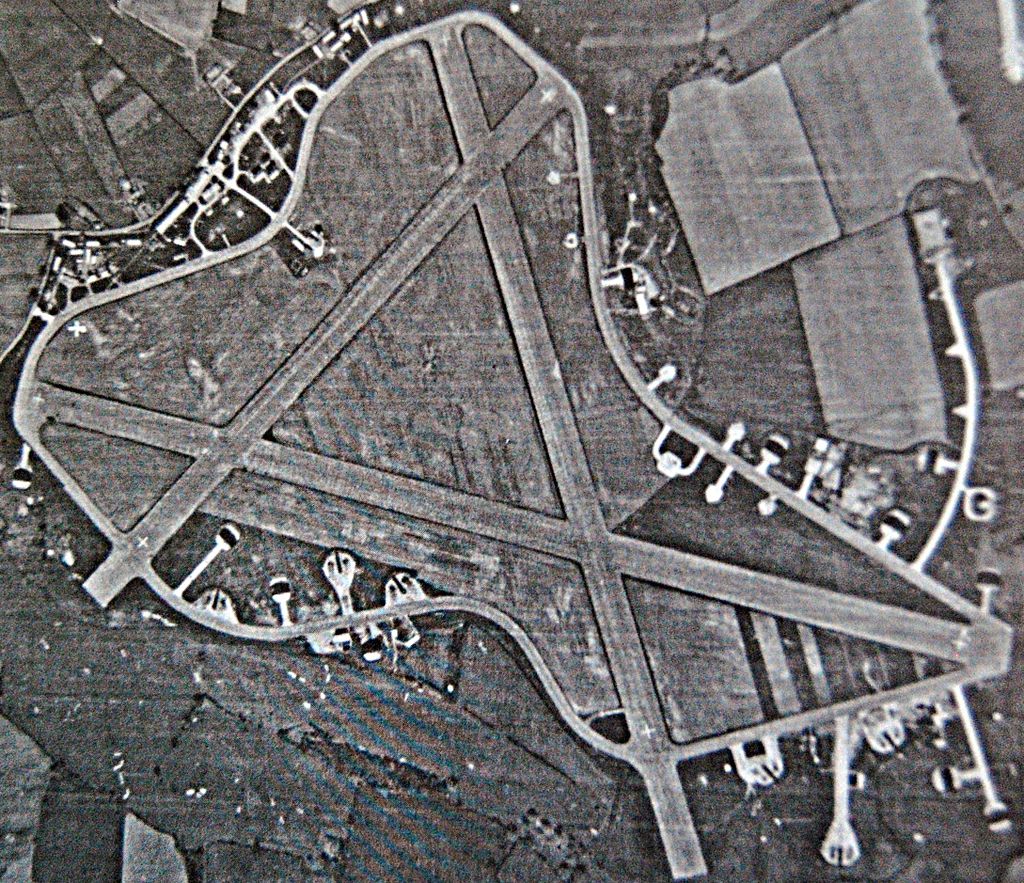
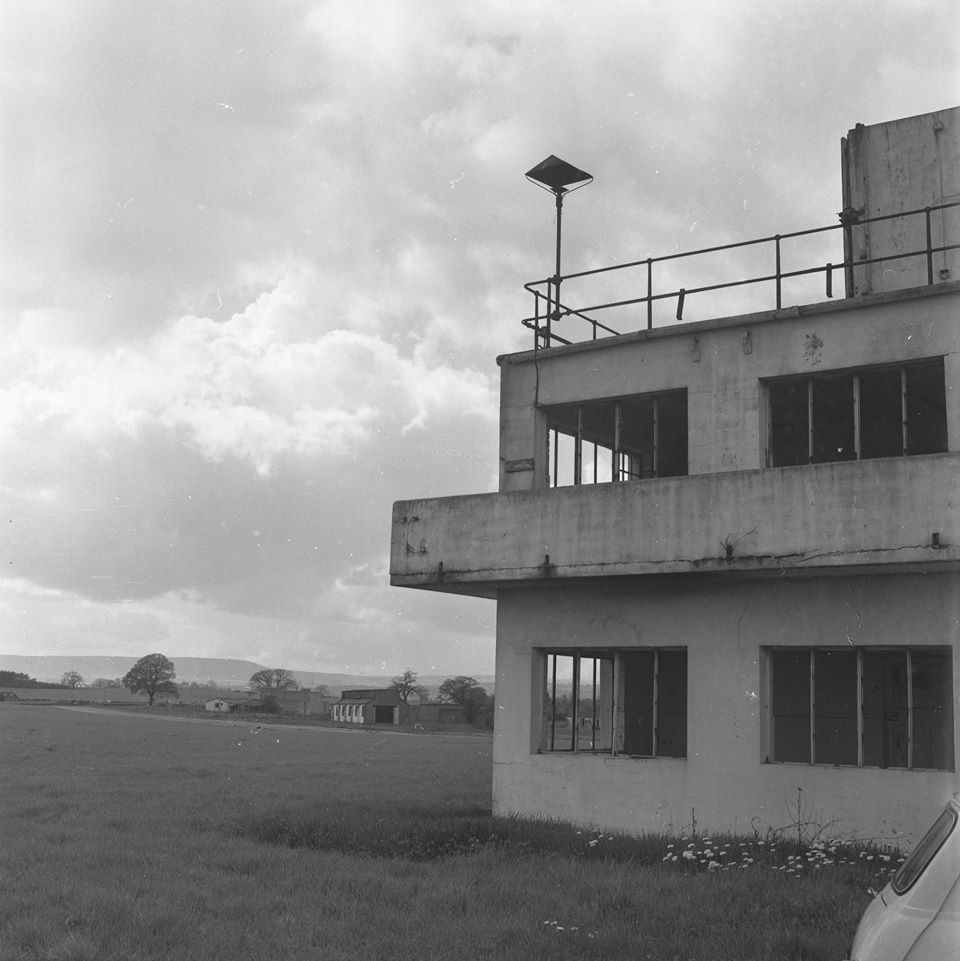
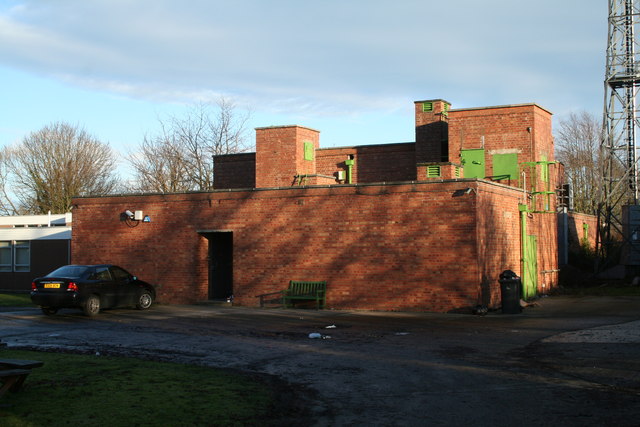
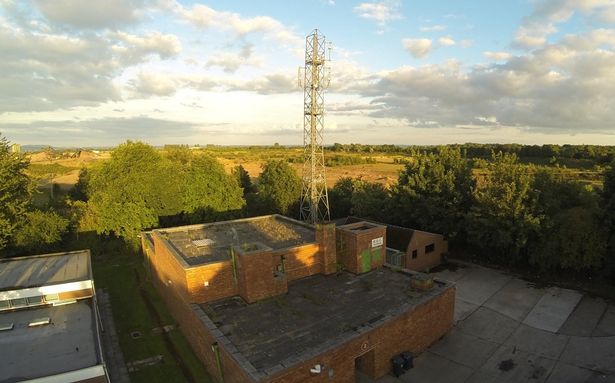

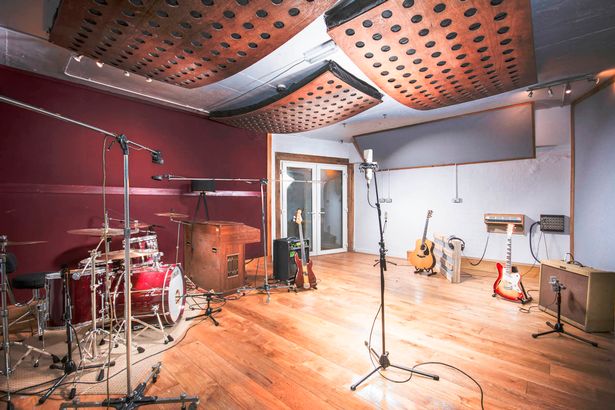
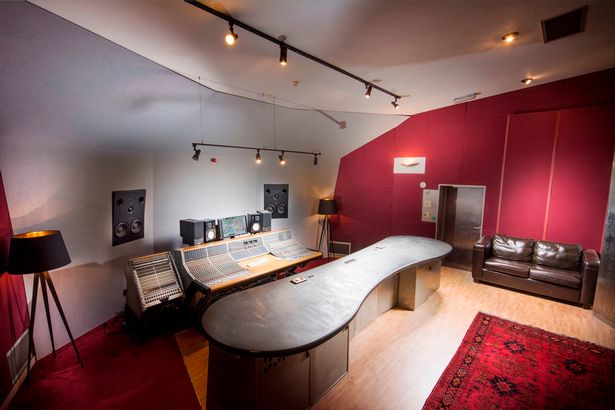
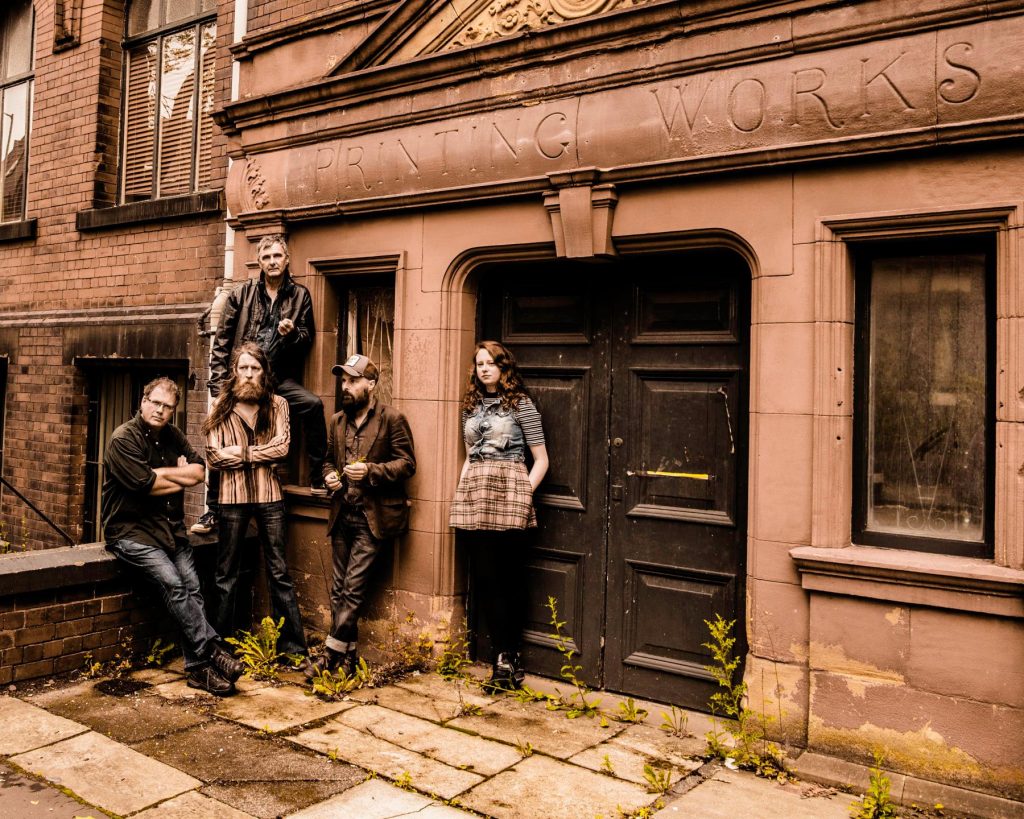
Love this Bobby. Airports and punk – right up my street. Or should I say runway?
Flight path?
Ha! I’m getting worried Bobby. First it was punk, then it was planes, and now I see you’ve just done the Two Moors Way. Were we separated at birth?
Don’t you think there’s something very satisfying about a ‘coast to coast’ walk?
Absolutely. I did 2MW N to S but felt short-changed at the official end at Ivybridge so carried on to the Coast! (Kingston?)
I’d also recommend the Great Glen Way. We did Inverness to Fort William. Most people seem to do the opposite way, but we wanted to finish with a walk up Ben Nevis.